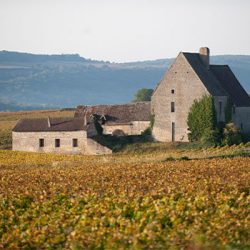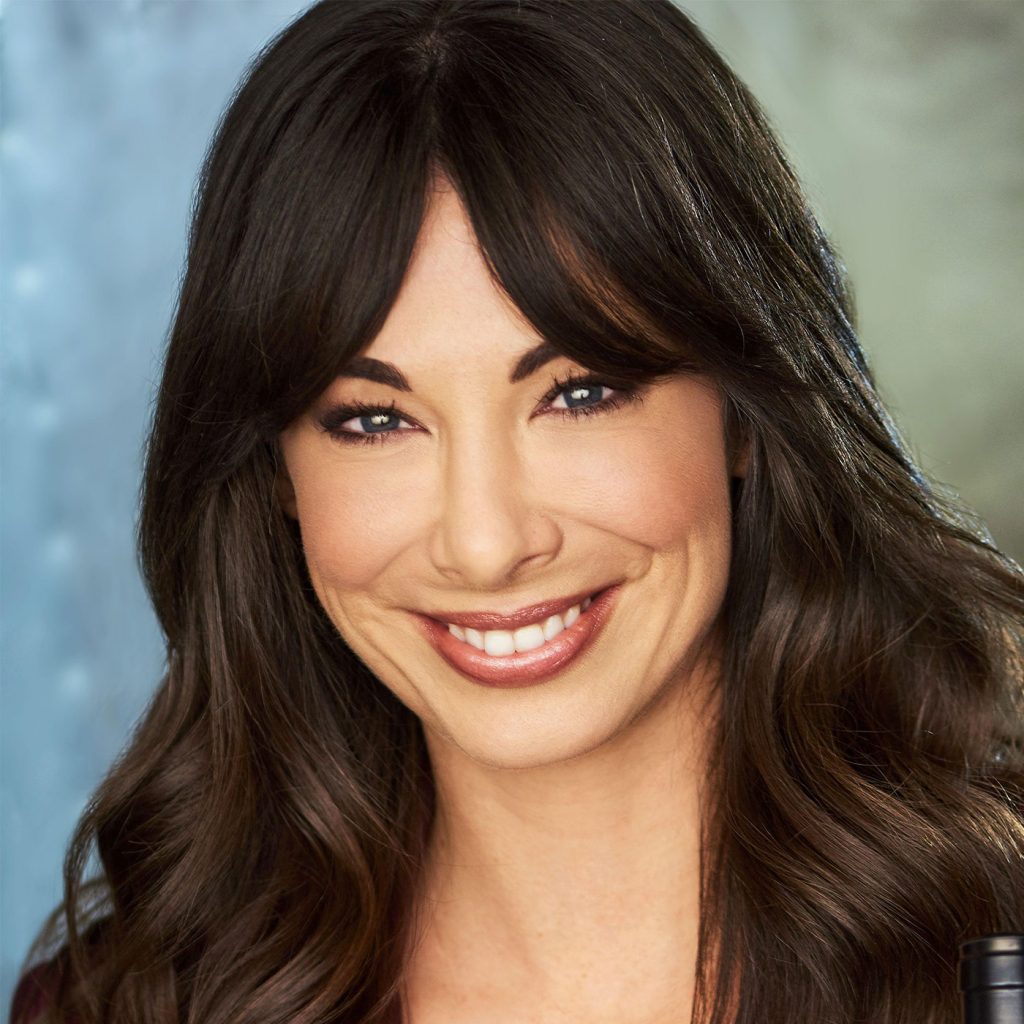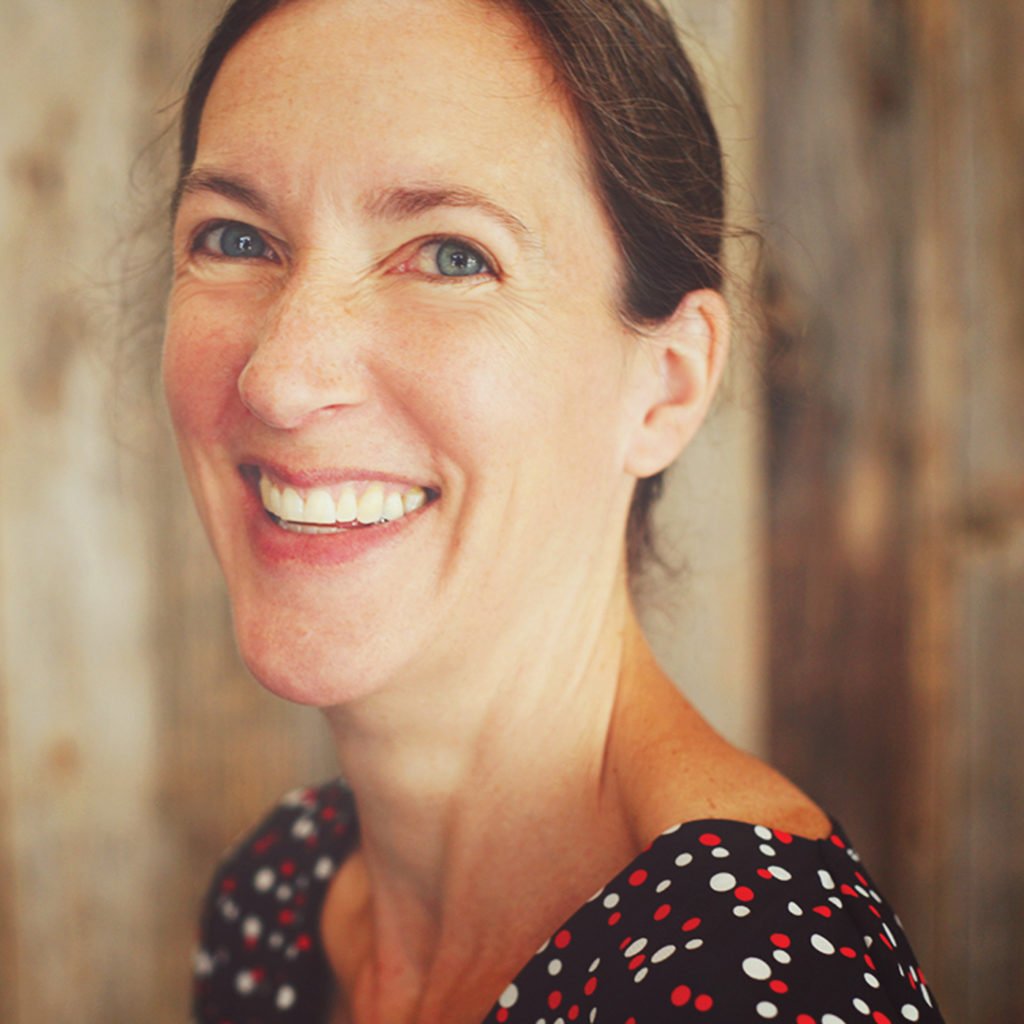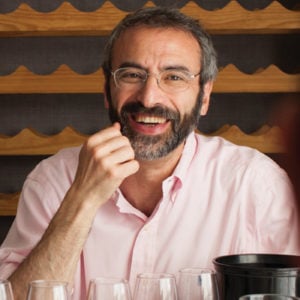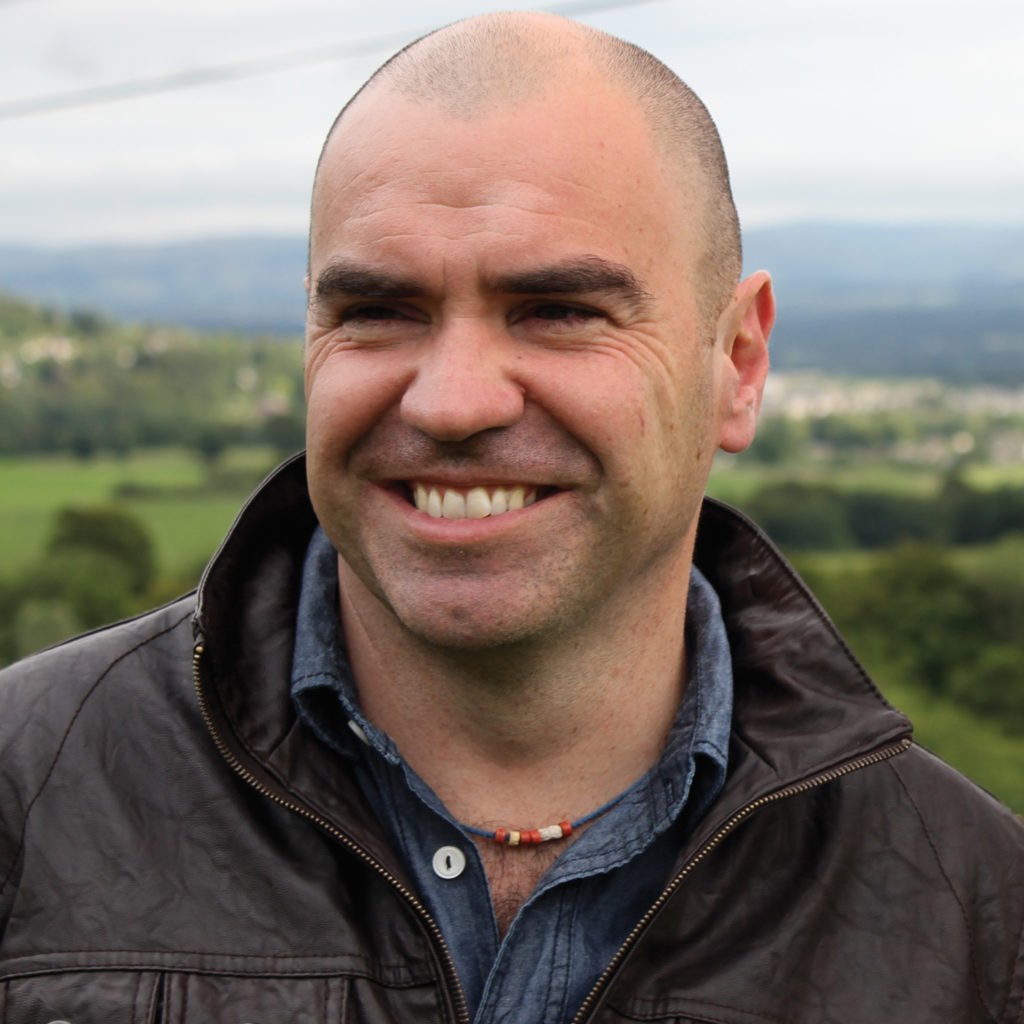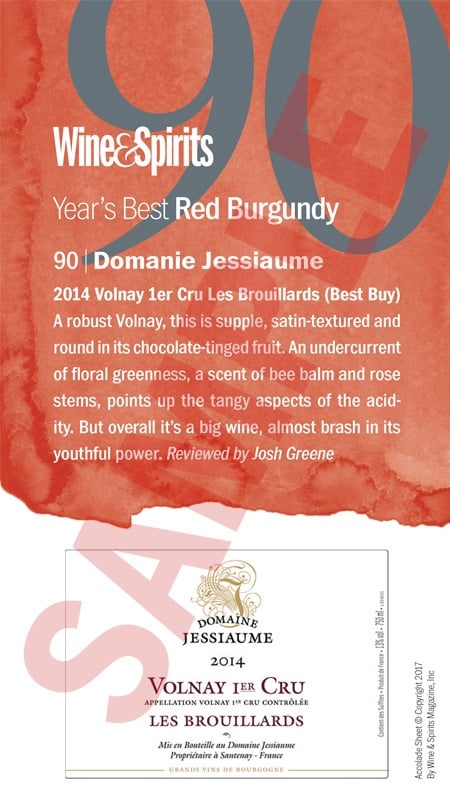Is this the end of Champagne as we know it? Two of the last three harvests have started in August, in a region once so cold it was considered to be at the limit of where fine wine could be produced. André Simon, writing in The History of Champagne (1962),…
To read this article and more,
subscribe now.
To continue reading without interruption, subscribe and get unlimited digital access to our web content and wine search.
This story appears in the print issue
of December 2020.
Like what you read? Subscribe
today.


